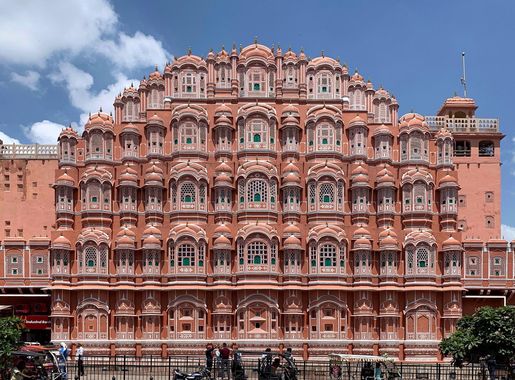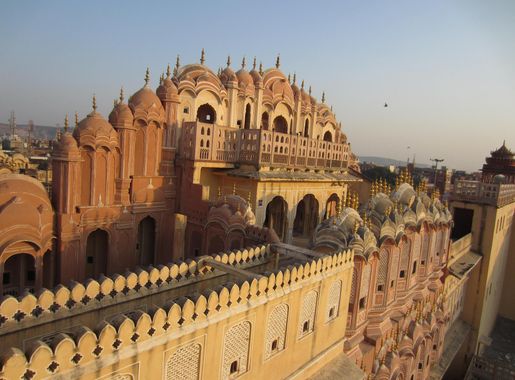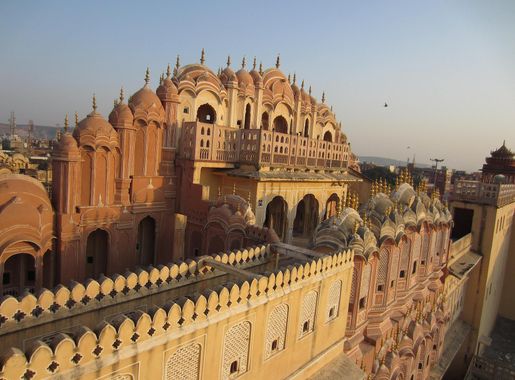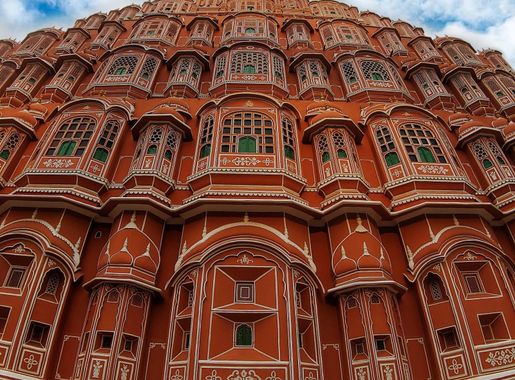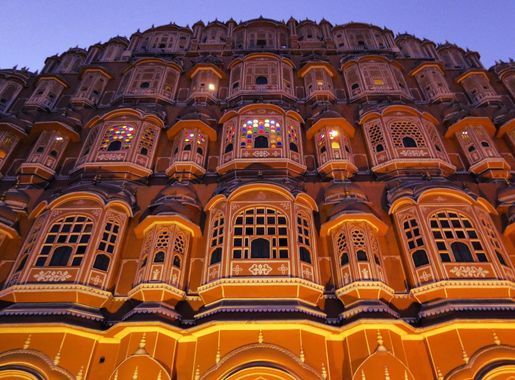
The Enchanting Facade of Hawa Mahal: Jaipur's Wind Palace
Discover the enchanting Hawa Mahal in Jaipur, a stunning blend of royal heritage and architectural brilliance, with its iconic honeycomb facade and breezy jharokhas.
Hawa Mahal, also known as the 'Palace of Winds', is a mesmerizing landmark in the heart of Jaipur, India. Constructed in 1799 by Maharaja Sawai Pratap Singh, this five-story palace is characterized by its unique honeycomb structure with 953 small windows, or 'jharokhas'. These windows were designed to allow royal ladies to observe street festivities without being seen, adhering to the strict purdah system of the time. Visitors will be captivated by the palace's pink and red sandstone façade, which glows beautifully in the sunlight. The intricate latticework serves not only as decoration but also as a natural air conditioner, creating a cool breeze throughout the building. Inside, the palace offers a series of courtyards, galleries, and museums that provide a glimpse into the opulent lifestyle of Jaipur's royalty. The Hawa Mahal is strategically located near other significant attractions, such as the City Palace and Jantar Mantar, making it an ideal starting point for a day of exploration. Whether you're an architecture enthusiast, a history buff, or simply a curious traveler, Hawa Mahal offers a unique blend of beauty, history, and culture that is quintessentially Jaipur.
Local tips in Hawa Mahal
- Visit early in the morning to avoid crowds and capture the best photographs in the soft morning light.
- Wear comfortable footwear as you will be walking and climbing stairs within the palace.
- Don't miss the small museum inside that showcases artifacts and historical items from Jaipur's royal past.
- Combine your visit with nearby attractions like the City Palace and Jantar Mantar for a full day of sightseeing.
- Hire a local guide to enrich your experience with fascinating stories and historical context.
The Enchanting Facade of Hawa Mahal: Jaipur's Wind Palace
Hawa Mahal, also known as the 'Palace of Winds', is a mesmerizing landmark in the heart of Jaipur, India. Constructed in 1799 by Maharaja Sawai Pratap Singh, this five-story palace is characterized by its unique honeycomb structure with 953 small windows, or 'jharokhas'. These windows were designed to allow royal ladies to observe street festivities without being seen, adhering to the strict purdah system of the time. Visitors will be captivated by the palace's pink and red sandstone façade, which glows beautifully in the sunlight. The intricate latticework serves not only as decoration but also as a natural air conditioner, creating a cool breeze throughout the building. Inside, the palace offers a series of courtyards, galleries, and museums that provide a glimpse into the opulent lifestyle of Jaipur's royalty. The Hawa Mahal is strategically located near other significant attractions, such as the City Palace and Jantar Mantar, making it an ideal starting point for a day of exploration. Whether you're an architecture enthusiast, a history buff, or simply a curious traveler, Hawa Mahal offers a unique blend of beauty, history, and culture that is quintessentially Jaipur.
Iconic landmarks you can’t miss
Amber Palace
Experience the rich heritage and stunning architecture of Amber Palace, a historic fortress that reflects the grandeur of Rajasthan's royal past.
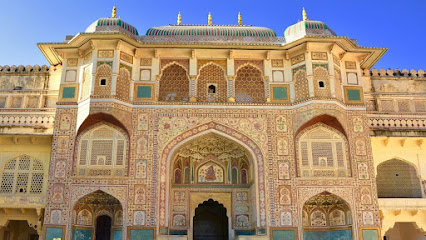
Hawa Mahal
Discover the architectural brilliance of Hawa Mahal, Jaipur's Palace of Winds, a cultural gem showcasing Rajasthan's rich history and stunning design.
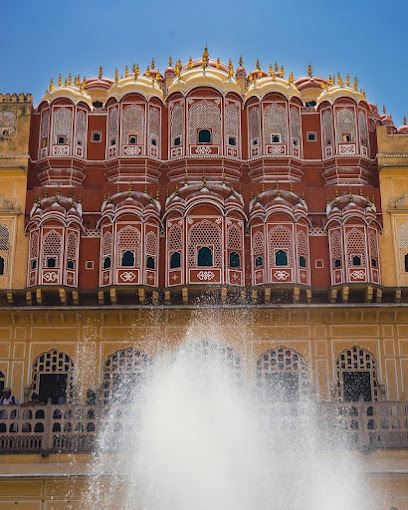
The City Palace
Experience the royal splendor of Jaipur at the City Palace, a stunning historical landmark blending Rajasthani and Mughal architecture.
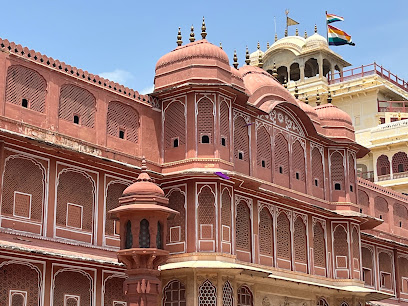
Jantar Mantar - Jaipur
Discover the celestial wonders of Jantar Mantar in Jaipur, an 18th-century astronomical marvel that beautifully merges science, art, and history.
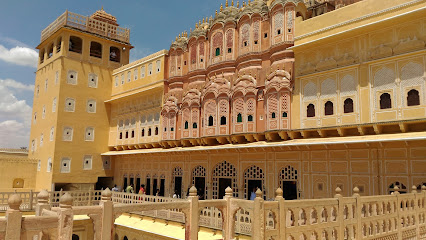
Jal Mahal
Discover the enchanting Jal Mahal, Jaipur's water palace, where stunning architecture meets serene natural beauty amidst rich Rajasthani heritage.
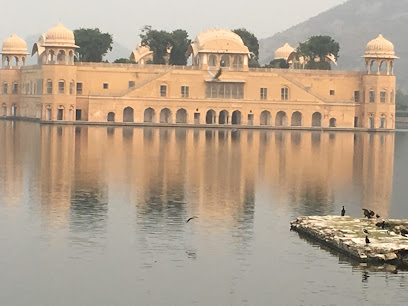
Khazana Mahal Jaipur
Explore Khazana Mahal in Jaipur, where the rich cultural heritage of Rajasthan comes alive through stunning artifacts and immersive exhibits.

Tripolia Gate
Discover the elegance of Tripolia Gate, a UNESCO heritage site in Jaipur, showcasing stunning architecture and vibrant local culture.

Sheesh Mahal Amber Fort
Explore Sheesh Mahal, a stunning palace in Amber Fort, Jaipur, showcasing intricate mirror work and rich Rajput history.
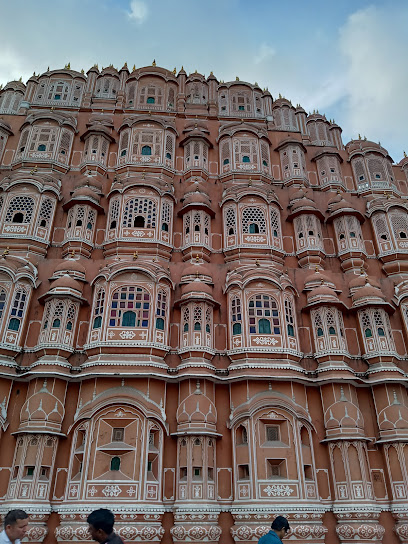
Diwan-e-Khas
Discover the royal elegance of Diwan-e-Khas, a stunning hall in Jaipur that reflects the grandeur of Rajasthan's historic heritage.
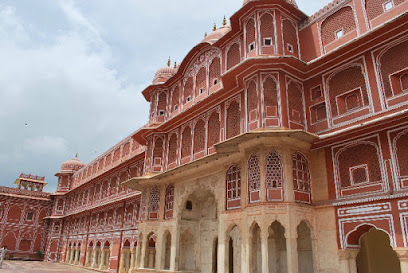
Unmissable attractions to see
Jal Mahal
Discover the enchanting Jal Mahal, a historical landmark and a must-visit tourist attraction in Jaipur, Rajasthan, surrounded by natural beauty and rich history.
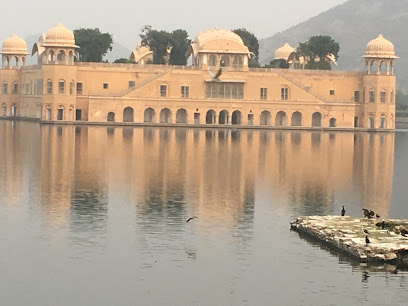
Ajmeri Gate
Discover the majestic Ajmeri Gate in Jaipur – a historical marvel and gateway to Rajasthan's rich culture and bustling markets.
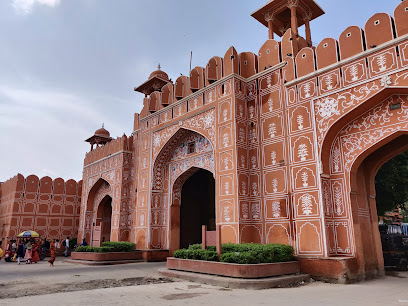
Amar Jawan Jyoti
Discover Amar Jawan Jyoti, Jaipur's memorial park dedicated to Indian soldiers, blending history and tranquility in a serene environment.
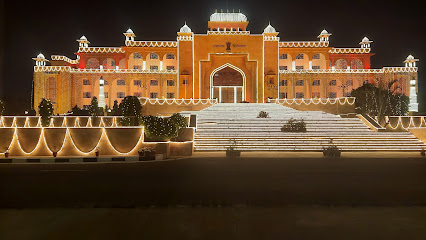
Sheesh Mahal Amber Fort
Discover the enchanting Sheesh Mahal within Amber Fort, a stunning reflection of Rajasthan's royal history and architectural brilliance.
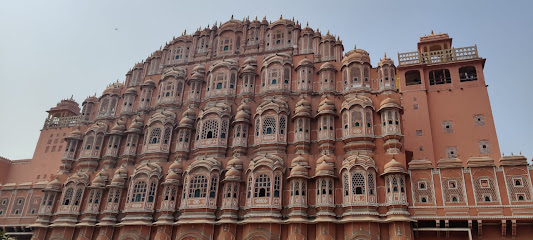
Pink City - View Point
Experience the breathtaking views of Jaipur's enchanting landscapes from the Pink City View Point, a traveler’s paradise steeped in history and vibrant culture.

EleFanJoy Best Wildlife Elephant sanctuary in Jaipur (Office)
Discover the enchanting EleFanJoy Elephant Sanctuary in Jaipur, a premier destination for wildlife lovers and conservation enthusiasts.
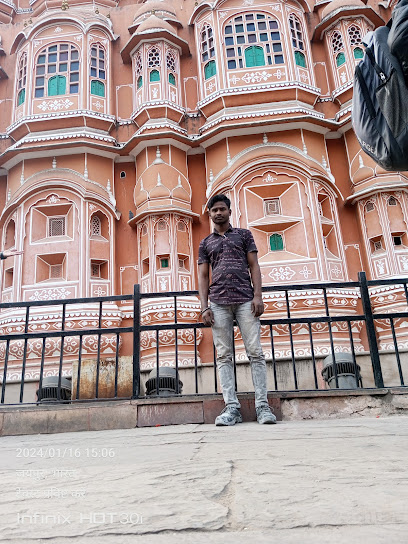
Chandra Mahal
Discover the royal elegance and rich heritage of Chandra Mahal, a historical landmark in Jaipur, Rajasthan.
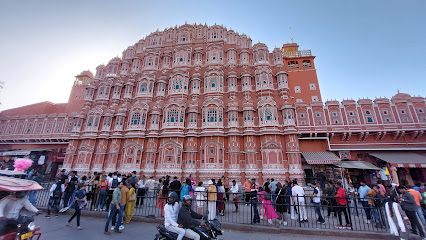
Essential places to dine
Govindam Retreat
Savor authentic Rajasthani and Indian vegetarian cuisine at Govindam Retreat - a family-friendly dining experience in Jaipur.
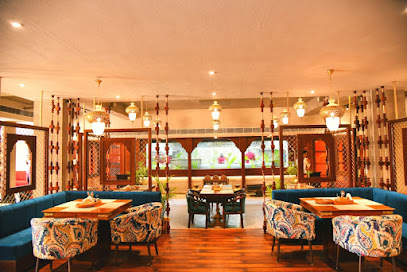
The Tattoo Cafe & Lounge
Discover vibrant flavors at The Tattoo Cafe & Lounge in Jaipur - where local cuisine meets artistic ambiance.
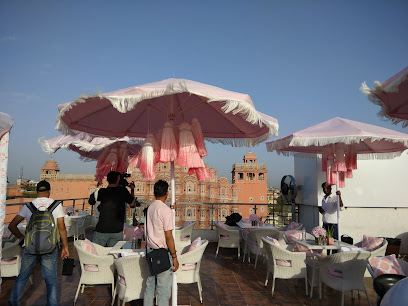
Kailash Veg Restaurant
Discover authentic Rajasthani and Punjabi vegetarian delights at Kailash Veg Restaurant in Jaipur.
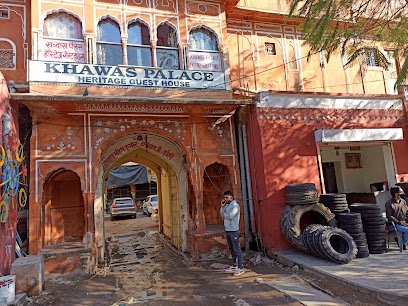
Heritage Buffet Restaurant - Veg Multicuisine Restaurant in Jaipur
Experience authentic Rajasthani vegetarian cuisine at Heritage Buffet Restaurant in Jaipur - a culinary journey through India's rich flavors.
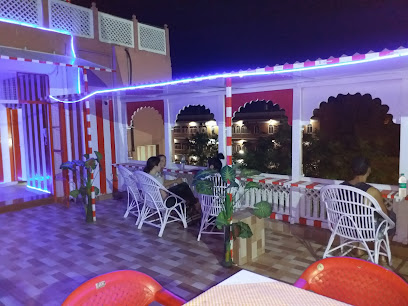
Baradari Restaurant & Bar
Experience exquisite dining at Baradari Restaurant & Bar in Jaipur - where tradition meets modern gastronomy.
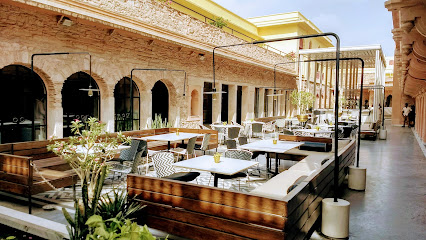
Shri Balaji Veg Restaurant
Experience authentic Rajasthani vegetarian cuisine at Shri Balaji Veg Restaurant in Jaipur - A must-visit for food lovers.
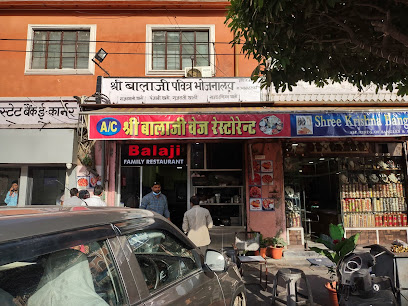
Hawk View Restaurant & Bar
Experience authentic Indian cuisine with stunning views at Hawk View Restaurant & Bar in Jaipur.
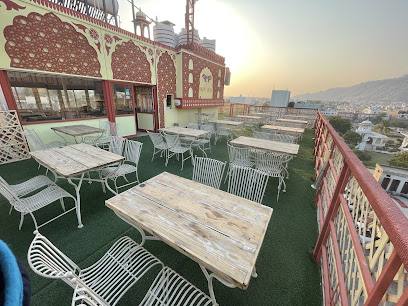
Wind View Cafe
Discover Wind View Cafe: A Vegetarian Delight with Stunning Views in Jaipur's Historic Pink City.
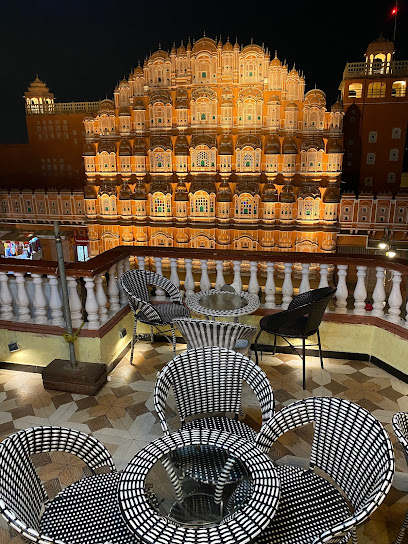
Chillout // Pure Veg. Restaurant
Discover the best vegetarian dining experience in Jaipur at Chillout - where flavors meet comfort in every dish.
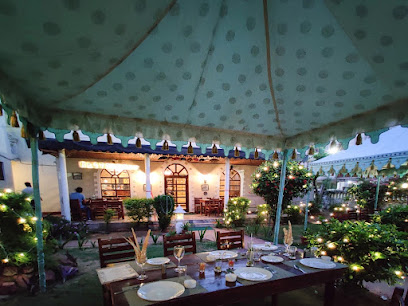
Basil and Olives
Discover the perfect blend of Indian spices and Italian flavors at Basil and Olives in Jaipur's vibrant Pink City.
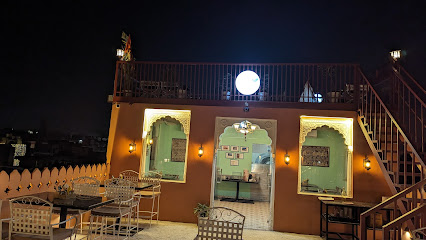
Markets, malls and hidden boutiques
Saraogi Mansion
Discover the essence of Jaipur shopping at Saraogi Mansion, where tradition meets modernity in a vibrant retail experience.
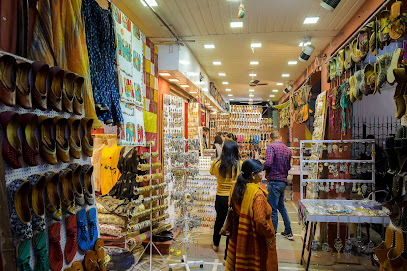
Prints Valley - Fashion and Clothing Store in Jaipur
Discover the vibrant world of Rajasthani textiles at Prints Valley, Jaipur's premier clothing store for exquisite block print garments.
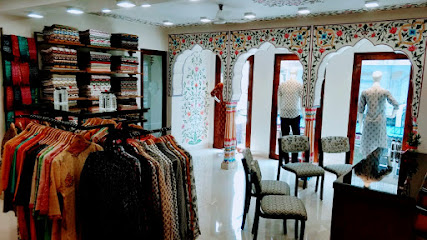
Agrawal Agencies
Discover the essence of Rajasthani craftsmanship at Agrawal Agencies, where games and unique crafts come together in Jaipur's vibrant market.
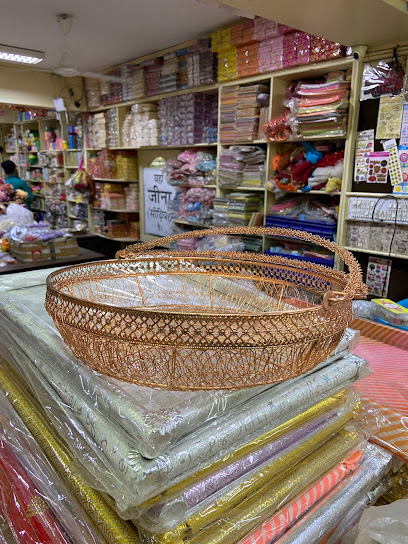
Hawa Mahal Bangles
Explore the vibrant world of handcrafted bangles at Hawa Mahal Bangles in Jaipur, where tradition meets contemporary elegance.

Gulab Chand
Explore Gulab Chand in Jaipur for exquisite traditional clothing that embodies the spirit of Rajasthan's rich cultural heritage.
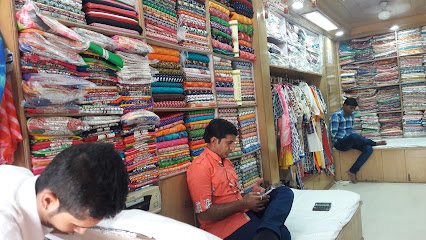
New Maharaja Gem Palace
Explore the charm of New Maharaja Gem Palace, Jaipur's premier jewelry destination for exquisite handcrafted pieces and timeless elegance.
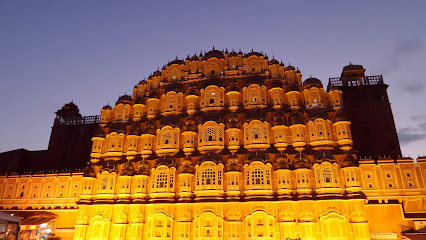
Ellora Arts
Explore the vibrant artistry of Ellora Arts in Jaipur, where exquisite jewelry and unique handicrafts meet traditional craftsmanship.
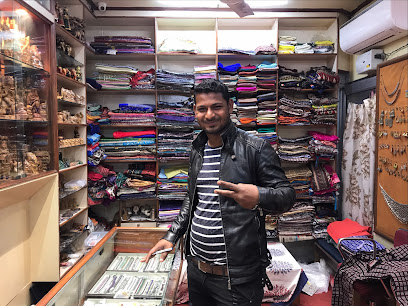
Hawamahal Emporium
Explore the vibrancy of Rajasthan's craftsmanship at Hawamahal Emporium, your gateway to authentic local arts and crafts.
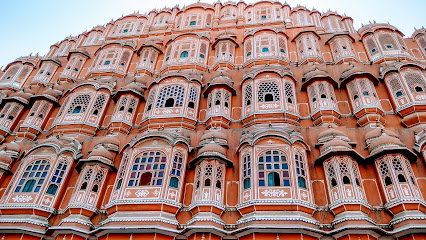
Sheba Boutique
Discover the essence of Jaipur at Sheba Boutique, where tradition meets contemporary fashion in a vibrant shopping experience.

Abdul Store
Explore the heart of Jaipur's fashion scene at Abdul Store, a stylish women's clothing destination in the vibrant Hawa Mahal Bazar.

Essential bars & hidden hideouts
Blackout club in Jaipur
Unveil the magic of Jaipur's nightlife at Blackout Club, where exquisite cocktails and vibrant music create unforgettable moments.
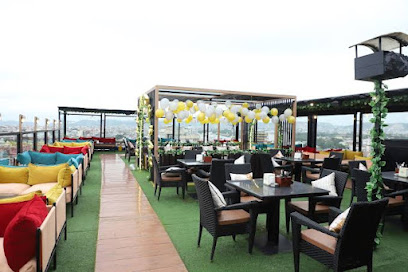
The Tattoo Cafe & Lounge
Discover the vibrant atmosphere and delicious cuisine at The Tattoo Cafe & Lounge, a perfect blend of culture and culinary delight in Jaipur.

The Night Jar Reloaded
Experience the vibrant nightlife of Jaipur at The Night Jar Reloaded, where exquisite dining meets lively entertainment in a luxurious setting.
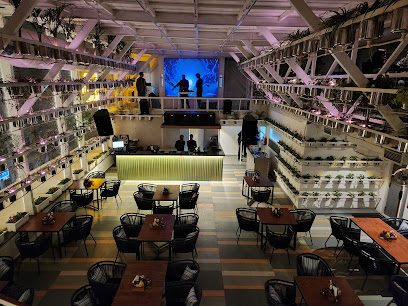
360° - Best cocktail bar & lounge| Panoramic Rooftop
Experience Jaipur's nightlife from above at 360° Rooftop Lounge, where exquisite cocktails meet breathtaking panoramic views.
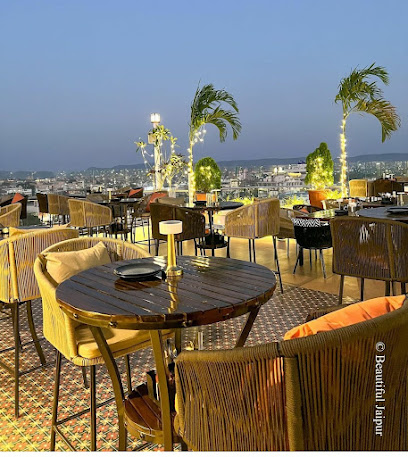
Baradari Restaurant & Bar
Savor the essence of Rajasthan with exquisite grilled delicacies and elegant ambiance at Baradari Restaurant & Bar, Jaipur's culinary jewel.
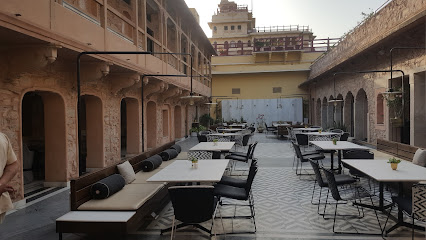
Hawk View Restaurant & Bar
Savor the authentic flavors of India at Hawk View Restaurant & Bar, where every meal is a feast for the senses amidst breathtaking views.
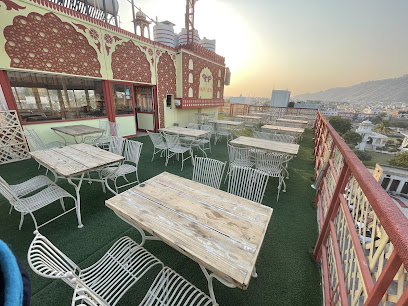
Wind View Cafe
Experience the best of vegetarian cuisine and stunning views of Jaipur at Wind View Cafe, a hidden gem in the heart of the Pink City.

DND Bar and Lounge
Discover Jaipur's nightlife at DND Bar and Lounge, a stylish venue offering drinks, snacks, and live music in the heart of the Pink City.
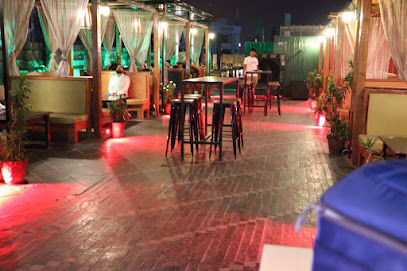
Clock Tower Jaipur | Bar & Kitchen
Experience the vibrant ambiance and exquisite cuisine at Clock Tower Jaipur, the perfect lounge for relaxation and socializing in the heart of Rajasthan.

Hotel Sweet Dream Bar
Experience Jaipur's nightlife at Hotel Sweet Dream Bar, where refreshing drinks and a vibrant atmosphere await you in the heart of the Pink City.
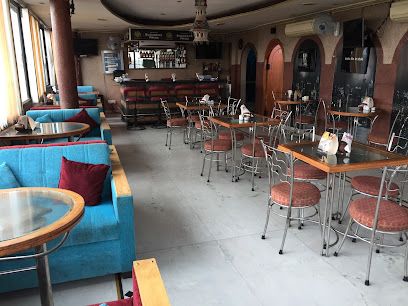
Local Phrases
-
- Helloनमस्ते
[Namaste] - Goodbyeअलविदा
[Alvida] - Yesहां
[Haan] - Noनहीं
[Nahi] - Please/You're welcomeकृपया
[Kripya] - Thank youधन्यवाद
[Dhanyavaad] - Excuse me/Sorryक्षमा कीजिए
[Kshama kijiye] - How are you?आप कैसे हैं?
[Aap kaise hain?] - Fine. And you?ठीक हूँ। आप?
[Theek hoon. Aap?] - Do you speak English?क्या आप अंग्रेजी बोलते हैं?
[Kya aap angreji bolte hain?] - I don't understandमुझे समझ नहीं आया
[Mujhe samajh nahi aaya]
- Helloनमस्ते
-
- I'd like to see the menu, pleaseकृपया मेनू दिखाएं
[Kripya menu dikhayein] - I don't eat meatमैं मांस नहीं खाता
[Main maans nahi khaata] - Cheers!चियर्स!
[Cheers!] - I would like to pay, pleaseकृपया मैं भुगतान करना चाहूं
[Kripya main bhugtan karna chahoon]
- I'd like to see the menu, pleaseकृपया मेनू दिखाएं
-
- Help!बचाओ!
[Bachao!] - Go away!चले जाओ!
[Chale jao!] - Call the Police!पुलिस को बुलाओ!
[Police ko bulao!] - Call a doctor!डॉक्टर को बुलाओ!
[Doctor ko bulao!] - I'm lostमैं खो गया/गई हूं
[Main kho gaya/gayi hoon] - I'm illमुझे बीमारी है
[Mujhe bimari hai]
- Help!बचाओ!
-
- I'd like to buy...मैं ... खरीदना चाहूंगा/चाहूंगी
[Main ... khareedna chahunga/chahungi] - I'm just lookingमैं सिर्फ देख रहा/रही हूं
[Main sirf dekh raha/rahi hoon] - How much is it?यह कितने का है?
[Yeh kitne ka hai?] - That's too expensiveयह बहुत महंगा है
[Yeh bahut mehnga hai] - Can you lower the price?क्या आप कीमत कम कर सकते हैं?
[Kya aap keemat kam kar sakte hain?]
- I'd like to buy...मैं ... खरीदना चाहूंगा/चाहूंगी
-
- What time is it?अब कितने बजे हैं?
[Ab kitne baje hain?] - It's one o'clockएक बजे हैं
[Ek baje hain] - Half past (10)दस बजे के आधे
[Das baje ke aadhe] - Morningसुबह
[Subah] - Afternoonदोपहर
[Dopahar] - Eveningशाम
[Shaam] - Yesterdayकल
[Kal] - Todayआज
[Aaj] - Tomorrowकल
[Kal] - 1एक
[Ek] - 2दो
[Do] - 3तीन
[Teen] - 4चार
[Char] - 5पांच
[Paanch] - 6छह
[Chhah] - 7सात
[Saath] - 8आठ
[Aath] - 9नौ
[Nau] - 10दस
[Das]
- What time is it?अब कितने बजे हैं?
-
- Where's a/the...?... कहाँ है?
[... kahan hai?] - What's the address?पता क्या है?
[Pata kya hai?] - Can you show me (on the map)?क्या आप मुझे दिखा सकते हैं (नक्शे पर)?
[Kya aap mujhe dikhha sakte hain (naksha par)?] - When's the next (bus)?अगली (बस) कब है?
[Agli (bus) kab hai?] - A ticket (to ....)एक टिकट (.... के लिए)
[Ek ticket (... ke liye)]
- Where's a/the...?... कहाँ है?
History of Hawa Mahal
-
Hawa Mahal, also known as the 'Palace of Winds', was constructed in 1799 by Maharaja Sawai Pratap Singh, a ruler of the Kachwaha Rajput dynasty. The design was inspired by the unique architecture of the Mughal era, blending elements of Rajput and Mughal styles. The structure was built to allow royal ladies to observe street festivities without being seen, adhering to the strict customs of purdah prevalent at the time.
-
Hawa Mahal's distinctive façade features 953 small windows, or 'jharokhas', adorned with intricate latticework. This architectural innovation was not only for aesthetic appeal but also served a practical purpose, allowing cool air to circulate through the palace, providing relief from the sweltering heat of Jaipur's summer months. The palace is an exemplary representation of the Indo-Islamic architectural style.
-
The Hawa Mahal was more than just a palace; it served as a vital cultural hub for the women of the royal family. The palace hosted various gatherings, celebrations, and rituals that were integral to the social fabric of the royal court. The architectural design ensured that the women could participate in public life while maintaining their privacy, reflecting the complex gender dynamics of the time.
-
During the British colonial period, Hawa Mahal remained a symbol of the royal family's power and prestige. It witnessed significant historical events, including the visit of British dignitaries and the interactions between the British and Indian royalty. The palace stood as a testament to Jaipur's enduring traditions and the resilience of its culture amidst colonial influences.
-
In the 20th century, as tourism began to flourish in Jaipur, Hawa Mahal underwent various restoration efforts to preserve its architectural integrity and cultural significance. The government and heritage organizations recognized the importance of the palace as a historical site, leading to initiatives aimed at maintaining its allure for future generations. Today, Hawa Mahal stands as a UNESCO World Heritage candidate, highlighting its global cultural importance.
Hawa Mahal Essentials
-
Hawa Mahal is centrally located in Jaipur, making it accessible from various parts of the city. From the Jaipur Railway Station, you can take a taxi or an auto-rickshaw, which typically takes around 15-20 minutes. Public buses also connect to nearby areas, but they might not be the most convenient option for tourists. If you're coming from the airport, pre-paid taxis are available and will take approximately 30-40 minutes depending on traffic.
-
Hawa Mahal is best explored on foot as the area is compact and rich in historical charm. Local bicycles can be rented from nearby shops, allowing you to cycle around the Pink City. Auto-rickshaws and cycle-rickshaws are also popular for short distances. For longer distances, local buses and taxis are available, but be mindful of peak hours when traffic can be heavy.
-
Hawa Mahal and its surrounding areas are generally safe for tourists. However, common sense should prevail; avoid walking alone at night in poorly lit areas. Areas to be cautious around include some parts of the Johari Bazaar, especially after dark, due to occasional petty theft. Always keep your belongings secure and be aware of pickpockets in crowded places.
-
In case of an emergency, dial 100 for police assistance or 108 for ambulances. Local hospitals and clinics are available in the vicinity. It's advisable to have travel insurance that covers medical emergencies. For minor health issues, pharmacies are located nearby where you can find over-the-counter medications.
-
Fashion: Do dress modestly, especially when visiting religious sites nearby. Avoid shorts and sleeveless tops. Religion: Do respect local customs, such as removing shoes before entering temples. Don't take photographs in restricted areas. Public Transport: Do be courteous and give up your seat to the elderly. Don't eat or drink on buses. Greetings: Do greet locals with 'Namaste' and a slight bow. Don’t use overly casual language. Eating & Drinking: Do try local street food but ensure it's from reputable vendors. Don't drink tap water; always opt for bottled water.
-
To experience Hawa Mahal like a local, visit early in the morning to avoid crowds and capture stunning photographs in soft light. Explore nearby attractions such as the City Palace and Jantar Mantar, which are within walking distance. Engage with local artisans in the nearby bazaars, where you can find traditional crafts and textiles. Don’t miss enjoying a traditional Rajasthani meal at a local eatery, and consider visiting a rooftop café for a picturesque view of Hawa Mahal at sunset.
Nearby Cities to Hawa Mahal
-
Things To Do in Ranthambore
-
Things To Do in Pushkar
-
Things To Do in Agra
-
Things To Do in Delhi
-
Things To Do in Gwalior
-
Things To Do in Jodhpur
-
Things To Do in Udaipur
-
Things To Do in Rishikesh
-
Things To Do in Bhopal
-
Things To Do in Kanpur
-
Things To Do in Shimla
-
Things To Do in Jaisalmer
-
Things To Do in Lucknow
-
Things To Do in Lahore
-
Things To Do in Amritsar

